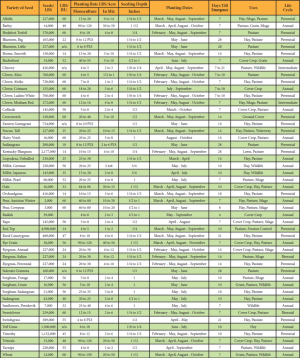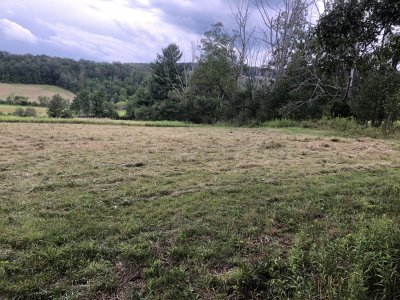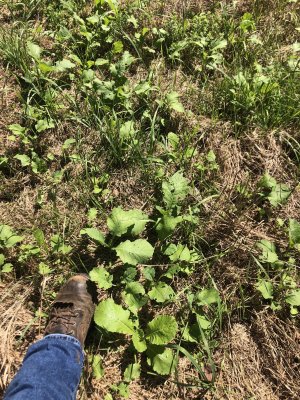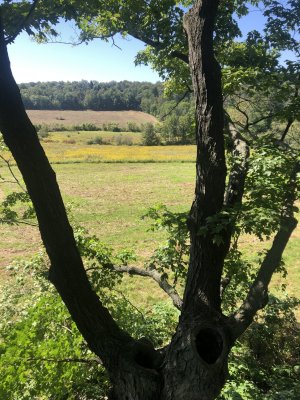I dont know if your response is accurate or not. But you would have a higher quantity of wheat than oat seeds for example given equal weights. So......I wonder if that is factored in?
Same could be said if using a legume like soybeans vs clover seeds. Equal weights are not going to yield a similar result.....IMO. Or, am I missing something?
^ Kinda where I was going recently in another thread. I was trying to find the numbers of seeds in a pound so that I could factor the seed count into a mix. Overthinking? I dunno. I think we need a farmer or an agronomist to respond here......lol.
To get down into the fine points - where there are no definitive answers - I think what we need to think about is the desired final plant population per acre. Again, down in the weeds, there's no limit to the amount of total pounds of seed that can be seeded but there is a limit to how many plants of a particular species and/or variety a given area of cropland can support.
Soybean seed, I think, is a good example. We might start with a goal of (and there's much debate about the optimum) 130,000 plants per acre. Buy a bag of soybean seed and your are buying a certain number of seeds - not weight. At the end, a scale -- a weight--would be handy to measure the initial amount of seed to put in the planter box.
Moving on to mixes of different seeds, a grass (wheat, oats, corn, rye) takes up much less growing space than would a leafy broadleaf like turnips. What that means, practically, I don't know except to say it's a consideration. And, seed size - number of seeds per pound - isn't always consistent. So, we enter a little plant population forethought into creating mixes and then we just mix and hope for the best.
A pre-calculated formula like the one found at the seed company in question is filled with lot's of unstated assumptions. They are probably adequate assumptions and will keep you in the ballpark, but it would be better (somehow and by how much I do not know) to do you own calculations based on your desired outcome.
I'm on a short leash this afternoon. Without explanation - Suppose this fall I want to plant a mix of rye (grain), radish and chicory for fall attraction. Add to it ladino clover, not for this fall, but as a perennial for the coming year. Further I want my fall plant population to be 20% radish and 20% chicory with the rest rye (60%). Using some of the info in Foggy's table and adding some additional, here's what we do.
| Variety of Seed | Desired Population (%) | Seeds PER lb | Seeds In Mix | Monoculture Planting Rate (lbs/acre) | Mix Weight (lbs) | Percent Total Weight |
| Chicory | 20% | 426,000 | 426,000 | 5 | 1 | 1.7% |
| Clover, Ladino | 80% | 768,000 | 3,072,000 | 5 | 4 | 6.7% |
| Radish | 20% | 39,000 | 39,000 | 5 | 1 | 1.7% |
| Rye, Grain | 60% | 18,000 | 972,000 | 90 | 54 | 90.0% |
| TOTAL | 180% | | | | 60 | 100.0% |
What the actual outcome, so far as plant population is concerned is still a the whims of other factors including the validity of Seeds-per-point, actual germination rates, soil productivity, etc.









